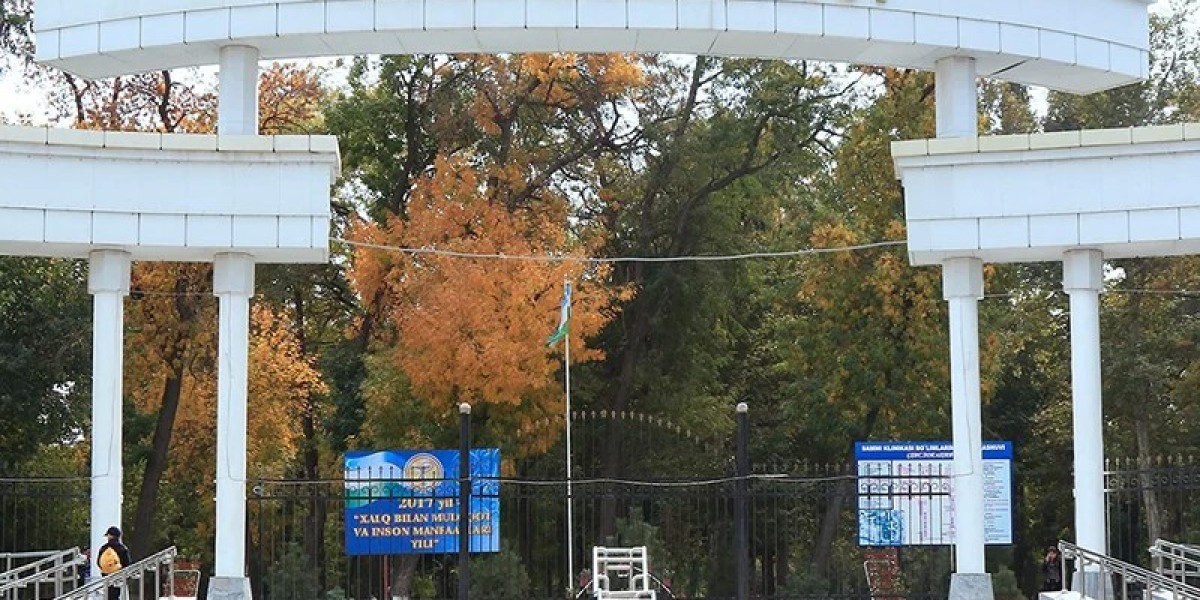In the ever-evolving landscape of cybersecurity, one term that has gained notoriety is "Advanced Persistent Threats" or APTs. These stealthy and sophisticated cyberattacks pose a significant risk to organizations worldwide. In this article, we will delve into the intricacies of APTs, their characteristics, and how organizations can protect themselves from this growing menace.
What Are Advanced Persistent Threats (APTs)?
Advanced Persistent Threats, often abbreviated as APTs, are a category of cyberattacks that are meticulously planned, well-funded, and executed by highly skilled cybercriminals or nation-state actors. APTs are not your run-of-the-mill cyberattacks; they are persistent, sophisticated, and designed to infiltrate a target network discreetly.
The Anatomy of an APT
Phase 1: Reconnaissance
Before launching an APT, attackers perform extensive reconnaissance. They gather information about the target's vulnerabilities, employees, and security measures. This phase involves scouring social media, job listings, and publicly available data to build a comprehensive profile of the target.
Phase 2: Initial Compromise
In this phase, attackers use various methods, such as spear-phishing emails or watering hole attacks, to gain initial access to the target network. Once inside, they establish a foothold and maintain a low profile to avoid detection.
Phase 3: Escalation of Privileges
To achieve their objectives, APT actors escalate their privileges within the network. They aim to gain administrative control, enabling them to move laterally across the network and access sensitive data.
Phase 4: Data Exfiltration
The primary goal of an APT is to steal valuable data. Attackers exfiltrate data methodically, often using encryption and other obfuscation techniques to avoid detection. This phase can span weeks, months, or even years.
APT Characteristics
Stealth
APTs are designed to remain hidden for extended periods. They employ advanced evasion techniques to bypass security measures, making them challenging to detect.
Long-term Focus
Unlike other cyberattacks, APTs are not opportunistic. Attackers are willing to invest considerable time and effort to achieve their objectives.
Targeted
APTs are not random; they specifically target organizations, often with high-value assets or sensitive information.
Constant Evolution
APT actors adapt to changing security landscapes. They modify their tactics, techniques, and procedures (TTPs) to stay ahead of defenders.
Defending Against APTs
Implement Strong Security Measures
To mitigate the risk of APTs, organizations must implement robust security measures. This includes firewalls, intrusion detection systems, and endpoint protection.
Regular Security Audits
Conducting regular security audits can help identify vulnerabilities before attackers exploit them. Organizations should also invest in threat intelligence to stay informed about emerging threats.
Employee Training
The human element is often the weakest link in cybersecurity. Providing employees with cybersecurity training can help them recognize and report potential APT attempts.
Zero Trust Architecture
Adopting a zero trust architecture assumes that no one, whether inside or outside the organization, can be trusted. This approach limits lateral movement within the network, making it harder for APTs to spread.
Incident Response Plan
Having a well-defined incident response plan in place is crucial. It allows organizations to respond swiftly and effectively when an APT is detected.
Conclusion
Advanced Persistent Threats are a formidable adversary in the world of cybersecurity. They demand vigilance, proactive defense strategies, and a commitment to staying one step ahead of the attackers. By understanding the anatomy and characteristics of APTs and implementing robust security measures, organizations can bolster their defenses and protect their valuable data.








